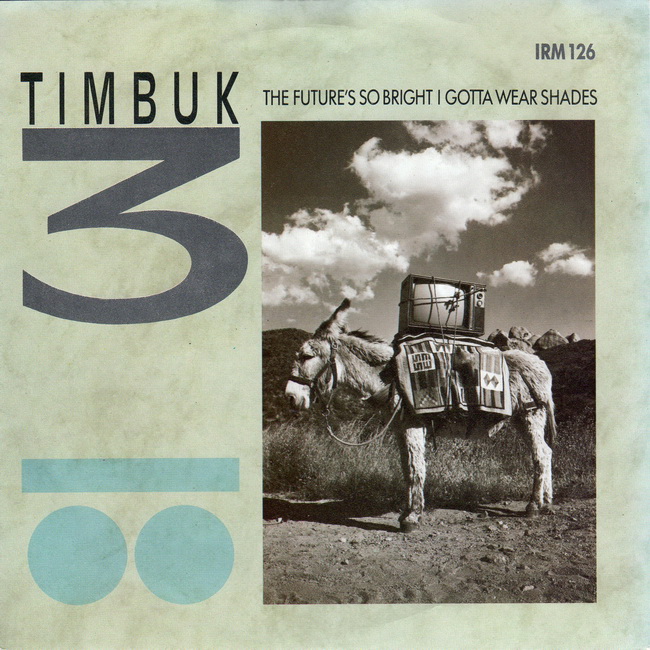
Journals in the arts, humanities and social sciences (AHSS) are often seen as the poor relations compared with their counterparts in science, technology, and medicine (STM). This is certainly true in the literal sense: STM disciplines are significantly better funded. Agencies like the National Science Foundation ($7bn) and the National Institutes of Health (a gobsmacking $31bn) have budgets multiple times larger than those of AHSS funders such as the National Endowment for the Humanities (a paltry $150m). Admittedly, NSF and NIH do both fund some HSS research, but the amounts involved are tiny compared with their STM expenditures – for example, just $250m or so of NSF’s $5.5bn research funds is spent on social, behavioral, and economic sciences. The only field receiving less funding is the US Arctic Research Commission!
STM research is often fast-moving and is, therefore, often considered more cutting edge than AHSS research. This has led to the more frequent publication of science journals, as well as faster publication times and the increased availability of papers published online in advance of print. It’s also led to the development of prestigious subscription publications, such as Nature, Science, New England Journal of Medicine, etc., and to highly successful OA superjournals such as PLoS One. It’s hard to think of anything comparable in AHSS.
Much STM research is perceived as having a positive impact on society – from new cures for cancer to evidence of climate change. Scientists are seen as innovators, who directly contribute to making the world a better place. To quote the President himself, speaking at the launch of this year’s White House Science Fair, “we’ve got to give the millions of Americans who work in science and technology … the kind of respect they deserve.” This sort of public support is harder to find for AHSS, despite the efforts of organizations such as the Commission on the Humanities and Social Sciences.
Not surprisingly, many open access (OA) advocates are scientists – the combination of high levels of funding, rapid publication, and need-to-know information makes increased public access both feasible and desirable in their fields. However, for AHSS societies and journals, the challenges of OA can outweigh the benefits. Not only is it difficult for researchers in these fields to find the money for article publication charges (APCs), but also the actual cost per article of publishing in these journals is higher – and, as Rita Gardner (Executive Director of the Royal Geographical Society) notes in this Bookseller article, certainly higher than the average APC.
But it’s not all doom and gloom for AHSS. In fact, some recent reports point to a much more positive and optimistic view for the future of these disciplines. On the budget front, for example, when announcing the Horizon 2020 budget recently, the European Commission explicitly acknowledged the importance of funding for the humanities and social sciences:
“It represents a twin opportunity for the social sciences and humanities. Firstly, SSH research embedding throughout the whole program will open up new areas of research; secondly, it will enhance top class research through the European Research Council.”
There are three overarching themes within Horizon 2020 – Excellent Science, Industrial Leadership, and Societal Challenges. HSS research is embedded across all of them, but the Societal Challenges arm is especially relevant for HSS and its share of the overall budget is the largest at close to 40%.
And interestingly, Phil Davis’ recent analysis showed that, while health sciences journals do indeed have a shorter half-life on average (24-36 months), somewhat surprisingly, social sciences and life sciences journals both average 36-48 months, with humanities, physical sciences, and math all averaging 48-60 months. So perhaps some AHSS research is more cutting edge – and/or some STM research less so – than was previously thought.
In terms of impact, my colleague Sarah Phibbs recently reported on the Higher Education Policy Institute’s 2013 conference:
“Leading UK Vice Chancellors and Research Excellence Framework (REF) Panel leaders yesterday extolled the view that the arts and humanities could be the big winners from the introduction of Impact Assessment case studies…The power of these case studies is the opportunity to demonstrate impact beyond traditional publishing output: an expert on gun crime who is advising Obama on US policy; and Poet Laureate, Carol Ann Duffy, who has set up a multilingual poetry competition Mother Tongue Other Tongue to celebrate cultural diversity and the many languages spoken in UK schools.”
At the same conference, Mark Llewellyn of the Arts and Humanities Research Council, claimed that every £1 invested in arts and humanities generates £10 for the wider economy in the short term, and £15-20 in the longer term.
It’s also good to see that AHSS scholars and societies are increasingly joining the debate about OA – seeking ways to make it work as well in their disciplines as it does in the areas where it originated. That might mean longer embargo periods, as the UK’s leading history journals have argued, working with members to agree best practices for a new, more open world like the Modern Language Association, or experimenting with making journals fully open, like the American Anthropological Association.
So, here’s to a brighter future for AHSS in 2014 and beyond!
Discussion
11 Thoughts on "A Brighter Future for the Arts, Humanities and Social Sciences?"
On Scribd you will find my lists of nearly 22.000 free open access journals in the humanities and social sciences.
http://www.scribd.com/Jan%20Szczepanski
Jan
. . . and, as OECD and Open Edition are doing, extending the debate and experiments around OA to include Freemium Open Access – one area where AHSS is ahead of STM.
In my view Phil Davis’s results mean that we need to rethink what actually happens in scholarly communication. Our focus has been on the immediacy of the knowledge creation but, as you suggest, use of this creation is a very different story. Use is need driven and these needs apparently arise over long periods of time. They also seem to be highly discipline dependent. This is certainly relevant to the potential adverse economic impact of imposed access, perhaps especially in AHSS although that too is not yet clear. We have a lot to figure out.
Unexamined in both AHSS and STM is the underlying assumption that scholarly publication must continue to be as expensive as is is even in the digital era. The whole focus is on how to find more financial support so that scholarly publishing doesn’t have to make any fundamental changes.
And don’t forget SAGE Open (the counterpart to PLoS One), the UK-initiated Open Library of Humanities, the many experiments in OA monograph publishing conducted by university presses (California, Michigan, Penn State, Purdue, etc.), the newly launched OA humanities Amherst College Press, Frances Pinter’s Knowledge Unlatched, the work of the Library Publishing Coalition, and much, much more.
Thanks Sandy, I agree there are a number of AHSS OA initiatives, but I think it’s fair to say they are currently nowhere near as large or influential as their STM counterparts. For example, SAGE Open published a couple of hundred articles last year, while PLOS One celebrated publication of its 100,000th article recently. But there are some really interesting initiatives happening in the AHSS space, including those you mention, which I hope will lead to bigger and better things in the not-too-distant future.
“Not only is it difficult for researchers in these fields to find the money for article publication charges (APCs), but also the actual cost per article of publishing in these journals is higher – and, as Rita Gardner (Executive Director of the Royal Geographical Society) notes in this Bookseller article, certainly higher than the average APC.”
Alice, if it is more expensive to publish in the Arts, Humanities and Social Sciences why are the subscription prices of their journals so much lower than in the STM fields? For example see table 3 or 4 in the article presenting the results of the Periodicals Price Survey below?
A very interesting article, David. The differences in journal prices among the disciplines is huge. This suggests that the journals are themselves very different, so the per article costs cannot be inferred from the journal prices.
Thanks for the link, David. As noted above, AHSS is less well funded that STM, so as well as there being less money for research in these fields there is also less money for resources such as journals. In addition (presumably for the same reasons), there are fewer peer-reviewed journals in AHSS (5% in arts & humanities compared with 30% in biomedicine, according to this 2009 STM reporthttp://www.stm-assoc.org/2009_10_13_MWC_STM_Report.pdf), they typically publish less frequently, and they therefore publish less content overall (most AHSS journals publish 6 or fewer issues a year, while most STM journals publish 6+), so although the cost per article is higher, many fewer articles are being published.
One reason is that many of the journals in the humanities are published by university presses, whose prices tend to be much lower than those charged by their commercial counterparts. Take a look at the price differentials for books in the field, as studied over time by Fordham business prof Al Greco and his associates, and you’ll see the same trend manifested there.

